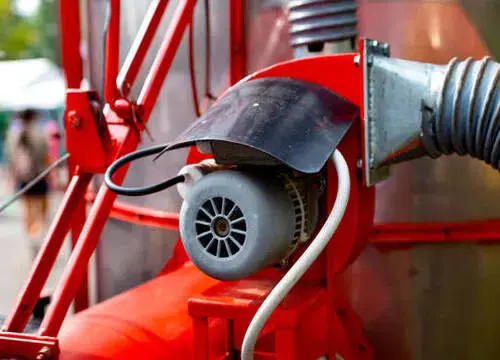
Understanding the Difference Between Pressure and Flow Control
2024-09-29Pneumatic systems are widely used and cost-effective solutions for delivering power and energy to tools, instrumentation, and industrial processes. All pneumatic systems rely on both pressure and flow to function effectively. While pressure control and flow control are distinct concepts, they are closely related; adjusting one will impact the other. This article aims to clarify the difference between pressure and flow control, simplify their relationship, and discuss the various pressure control devices and flow control valves commonly found in pneumatic applications.
Defining Pressure and Flow in Pneumatic Systems
Pressure is defined as the force applied across a specific area. Controlling pressure involves managing how it is routed and contained within a pneumatic system to ensure reliable and sufficient energy delivery. Flow, on the other hand, refers to the speed and volume at which pressurized compressed air moves. Controlling flow relates to regulating how quickly and in what volume the air moves through the system.
A functional pneumatic system requires both pressure and flow. Without pressure, the air cannot exert enough force to power applications. Conversely, without flow, the pressurized air remains contained and cannot reach its intended destination.
Pressure Control vs. Flow Control
In simple terms, pressure relates to the force and strength of the air. In pressure control, the generated force is equal to pressure multiplied by the area in which it is contained. Therefore, a high input of pressure in a small area can create the same force as a low input of pressure in a larger area. Pressure control regulates both input and output forces to maintain a constant, balanced pressure suitable for the application, typically achieved through a pressure-regulating device.
Flow relates to the volume and speed of air. Flow control involves either opening or restricting the area through which air can flow, thereby controlling how much and how fast pressurized air moves through the system. A smaller opening results in less airflow at a given pressure over time. Flow control is usually managed via a flow control valve that adjusts to allow or prevent airflow precisely.
While pressure and flow control are different, they are equally important parameters in a pneumatic system and depend on each other for proper functionality. Adjusting one variable will inevitably affect the other, impacting the overall system's performance.
In an ideal pneumatic system, controlling one variable to influence the other may seem feasible, but real-world applications rarely represent ideal conditions. For instance, using pressure to control flow may lack precision and lead to higher energy costs due to excessive airflow. It can also cause over-pressurization, damaging components or products.
Conversely, trying to control pressure by managing flow may result in pressure drops when airflow increases, leading to an unstable pressure supply that could fail to meet application energy needs while wasting energy with excessive airflow.
For these reasons, it's often recommended to manage flow control and pressure control separately in a pneumatic system.

Pressure and Flow Control Devices
Flow control valves are essential for regulating or adjusting airflow (speed) through pneumatic systems. Various types are available to suit different applications, including:
• Proportional Control Valves: These adjust airflow based on the amperage applied to the valve's solenoid, varying the output flow accordingly.
• Ball Valves: Featuring an inner ball attached to a handle, these valves permit or prevent flow when turned.
• Butterfly Valves: These use a metal plate attached to the handle to either open (allow) or close (block) the flow.
• Needle Valves: These provide flow control through a needle that opens or closes to allow or block airflow.
To control pressure (or force/strength), pressure control valves or pressure regulators are utilized. Typically, pressure control valves are closed valves, except for pressure reducing valves, which are usually open. Common types include:
• Pressure Relief Valves: These limit maximum pressure by diverting excess pressure, protecting equipment and products from damage.
• Pressure Reducing Valves: These maintain lower pressure in a pneumatic system, closing after reaching sufficient pressure to prevent over-pressurization.
• Sequencing Valves: Normally closed, these regulate the sequence of actuator movement in systems with multiple actuators, allowing pressure to pass from one actuator to the next.
• Counterbalance Valves: Usually closed, these maintain a set pressure in a part of the pneumatic system, counterbalancing external forces.
For more information on controlling pressure and flow in pneumatic systems, feel free to reach out!




